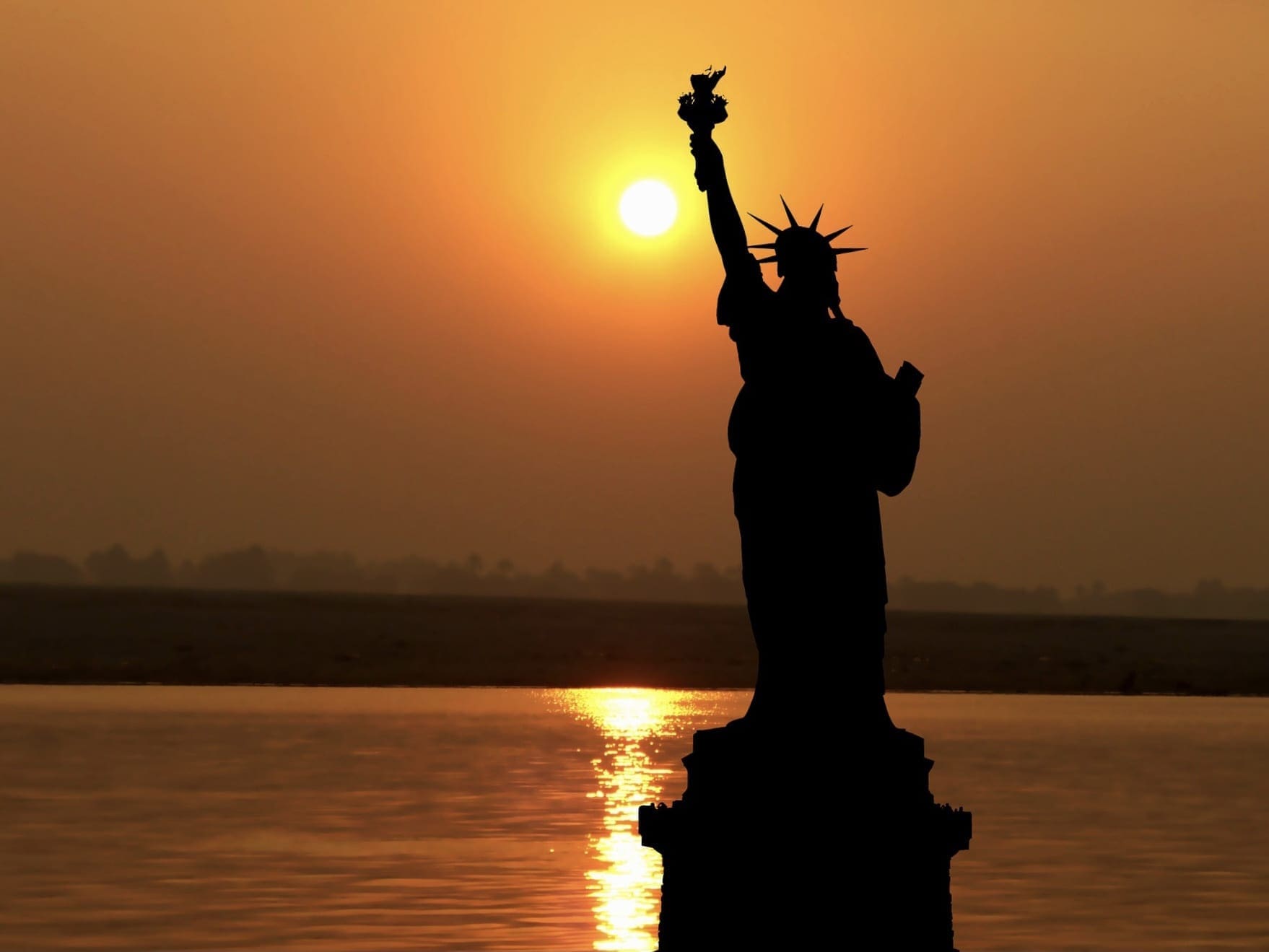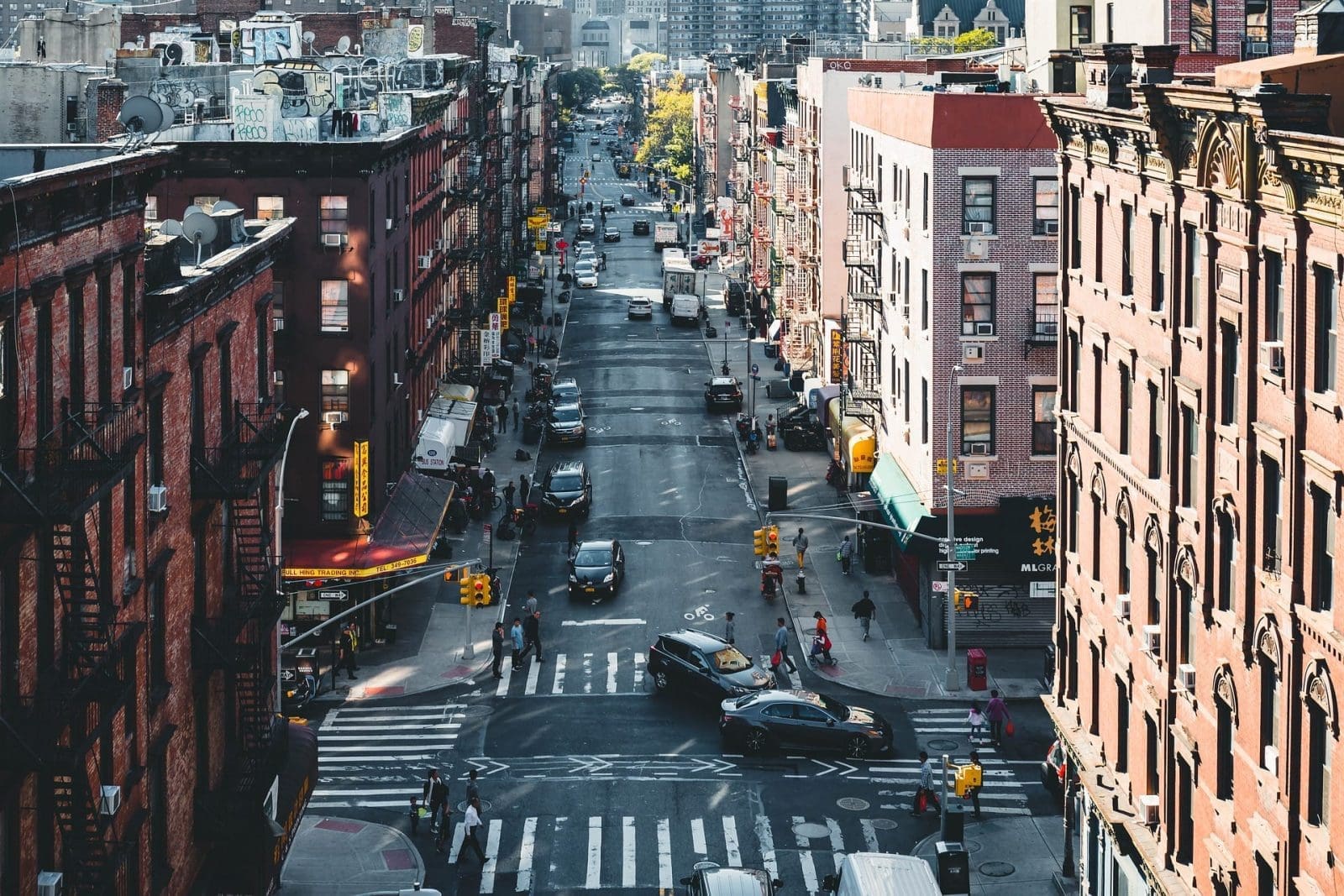There is nothing quite like summer in New York City. From picnicking in Central Park to beating the heat with ice cream, summertime in the New York Metropolitan area is full of things to do. But as the days grow longer, they also grow hotter. Residents of the area switch on their air conditioners. Bust out their shorts. All to brave the excruciating heat of the concrete jungle. While it may seem like an inevitable part of living in NYC, there’s a reason as to why it is getting hotter.
What is the Urban Heat Island Effect?
In short, New York City is an urban heat island—a developed, metropolitan area that experiences higher temperatures than its surroundings. Urban heat islands experience these higher temperatures for a few key reasons. One, the materials used for construction in these areas, like concrete, steel, and asphalt, are better at storing heat energy. These materials are traditionally darker in color, meaning that they store more solar radiation than they reflect. The solar radiation these materials absorb is stored as heat during the day and released at night. This leads to higher temperatures specifically during the evening relative to less urbanized areas.

Cities like New York are also traditionally sprawled out in a grid pattern. While this layout is efficient for transportation and navigation, it is incredibly detrimental to heat circulation. Buildings in urban areas have more surface area in the form of roofs and walls for the sun to heat up. These buildings are so large and situated so close together, a city will hold onto more heat longer than its surrounding suburban and rural neighborhoods.
Effects of Urban Heat Islands on City Residents
Urban heat islands have direct impacts on the health of the populations within them. They can increase the frequency, duration, and intensity of heatwaves. During these heatwaves, residents are at greater risk for experiencing heatstroke, exhaustion, as well as effects on their cognition. This is crucial as the Environmental Protection Agency estimates that nearly 2,000 people die from heat-related deaths in the United States per year. This statistic can be heightened even further by urban heat islands since residents don’t have the respite of cooler evenings.

Scientific research on heat islands has revealed that urban heat islands may also face an increase in air pollutants. The link between increased air temperature and increased air pollutants isn’t clear yet. However, The World Health Organization identifies air pollutants that may appear in higher concentrations as carbon monoxide and nitrogen oxides, among others. The Environmental Protection Agency further explains that these pollutants can break down in the presence of heat and sunlight to create ozone, a harmful pollutant at ground level.
Heat islands are also becoming an environmental justice issue. A recent study published in Nature Communications by Glenn Sheriff and his colleagues analyzed how the exposure to heat in urban heat islands is distributed across income groups. Sheriff and the team found that the average person of color resides in an area with more intense heat island effects in 169 out of the 175 most urbanized areas in the United States. A similar trend appeared for people below the poverty line.
How to Combat a Heat Island
Cooling a city might seem like an impossible task. Especially since changing the infrastructure that causes heat islands is nearly out of the question. However, mitigating the effects of this phenomenon is not impossible. Future development of cities can utilize lighter colored concrete and asphalt, which will reflect more solar radiation than it stores. A more effective and easier to implement strategy is to plant more green.

Plants are incredibly efficient at thermoregulating areas. As plants absorb water from their soil, they store it in their leaves. Any water they don’t need is released into the air as vapor through a process called “transpiration.” With increased water vapor in the air, local temperatures will drop. A common way cities are increasing green space is through green roofs, where the roof of a building is covered in vegetation. These roofs help reduce local temperatures and aid in absorbing rainwater to reduce flooding and help insulate the buildings they are planted on. City planners can also increase green space by allocating more real estate for parks and street trees.
These ideas have a multitude of benefits beyond dropping a city’s temperature. Green roofs and similar projects can improve mental health, beautify an area, produce food, build community, and foster biodiversity. But these projects and strategies mean nothing without effective government participation, appropriate outreach, and education programs. It’s also important for scientists to continue studying this phenomenon. As summers continue to get hotter, understanding the true power behind a warming city is crucial to the metropolitan area’s long-term success.
Featured image by Pexels on Pixabay
I'm a scientist obsessed with New Jersey's environment and geology. I'm probably reading science fiction. Or watering my plants.
- Kevin Hurlerhttps://thedigestonline.com/author/khurler/
- Kevin Hurlerhttps://thedigestonline.com/author/khurler/
- Kevin Hurlerhttps://thedigestonline.com/author/khurler/
- Kevin Hurlerhttps://thedigestonline.com/author/khurler/


